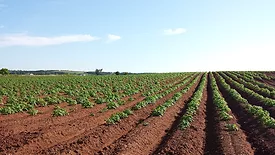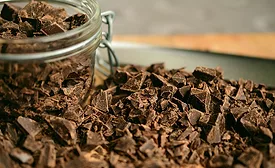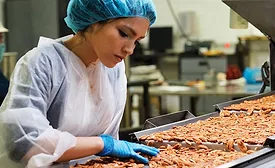Home » Keywords: » contamination
Items Tagged with 'contamination'
ARTICLES
How food processors can fight cross-contamination
Processors must have a detailed plan and execute it properly to prevent big problems.
February 21, 2018
Study: Safer meat requires reducing risks where food animals are raised
A variety of pre-harvest interventions can significantly reduce the risk that bacteria harmful to humans will infect food animals.
July 24, 2017
Never miss the latest news and trends driving the food safety industry
Newsletters | Website | eMagazine
JOIN TODAY!Copyright ©2026. All Rights Reserved BNP Media.
Design, CMS, Hosting & Web Development :: ePublishing












